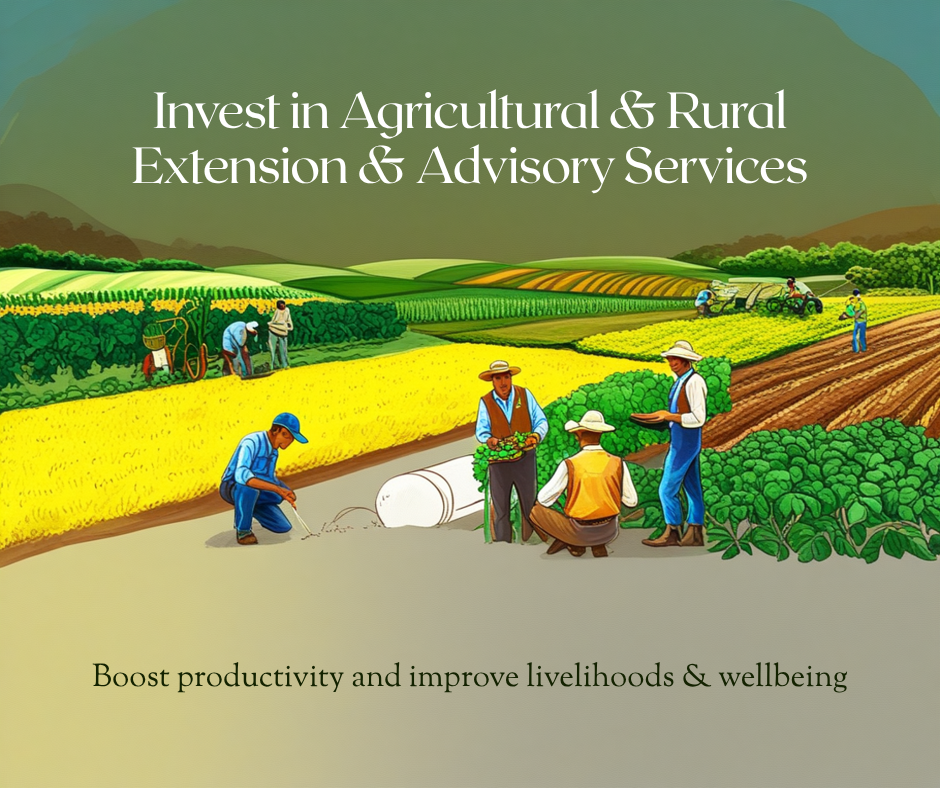A recent article by Natalie Noble in Farming Smarter Magazine (Fall 2024 issue), provocatively titled “Farmers now pay to grow – Government withdrawal from extension threatens Alberta’s world-class potential,” shines a critical light on the state of agricultural Extension and Advisory Services (EAS) in Canada, particularly in Alberta. This piece powerfully articulates the urgent need for reinvestment in public extension, a sentiment that resonates deeply with the mission of the Canadian Agricultural Extension and Rural Education (CARE) website.
The article traces the historical roots of extension back to Seaman A. Knapp, widely regarded as the “Father of Extension in North America,” whose pioneering work in the late 1800s emphasized expert-led, in-field demonstrations to foster technology adoption among farmers. This foundational principle of direct, practical knowledge transfer remains as relevant today as it was then.
However, the current reality paints a stark picture. Ken Coles, Executive Director of Farming Smarter, laments the overlooked and underappreciated role of extension, stating, “Extension is about our connections to farms, sharing knowledge, having relationships with farmers and a two-way communication channel feeding into the entire innovation system. We’re siloed up. Government backed out, and honestly, they’re not providing leadership.”
The article highlights a dramatic decline in public investment in extension, with John Knapp, former Alberta Agriculture deputy minister, recalling a time in 1977 when Alberta boasted 100 district agriculturists and a vast network of specialists, making approximately 600,000 contacts with farm families annually. This deep and profound connection was instrumental in helping farm families make profitable decisions and achieve better quality and environmental outcomes. By 2020, however, the Alberta Government had essentially exited from extension investment, leading to a “fee-for-service model” where farmers now directly or indirectly bear the cost of accessing crucial research and advice.
This transformation has created significant challenges:
- Loss of Local Expertise: As Todd Green, Newell County Director of Agricultural Services, notes, “We don’t have the same level of expertise on the other side of that phone call.”
- Reduced Accessibility: Russel Muenchrath, former Wheatland County Manager of Agriculture and Environment, points out that while smartphones offer information, it’s “not the same as the local ground level support we had.”
- Cost Burden on Farmers: Rick Taillieu, Director of Engagement and Analytics at Alberta Canola, explains how farmers now pay for extension through check-off dollars, association memberships, or event fees, shifting the financial responsibility from government.
The article concludes with a powerful call to action: Alberta has the potential to lead agriculture globally, but it’s missing the “extension specialist piece.” There is a clear “public good in having a capable group of producers and an agricultural system that meets international standards.” The complete removal of public funding for extension is regrettable, and the need to reconsider a public role is paramount.
This piece serves as a critical reminder of why investing in EAS is not just beneficial, but essential for the resilience, innovation, and global competitiveness of Canadian agriculture.
Read the full article here: Why Invest in Extension | Farmtario


